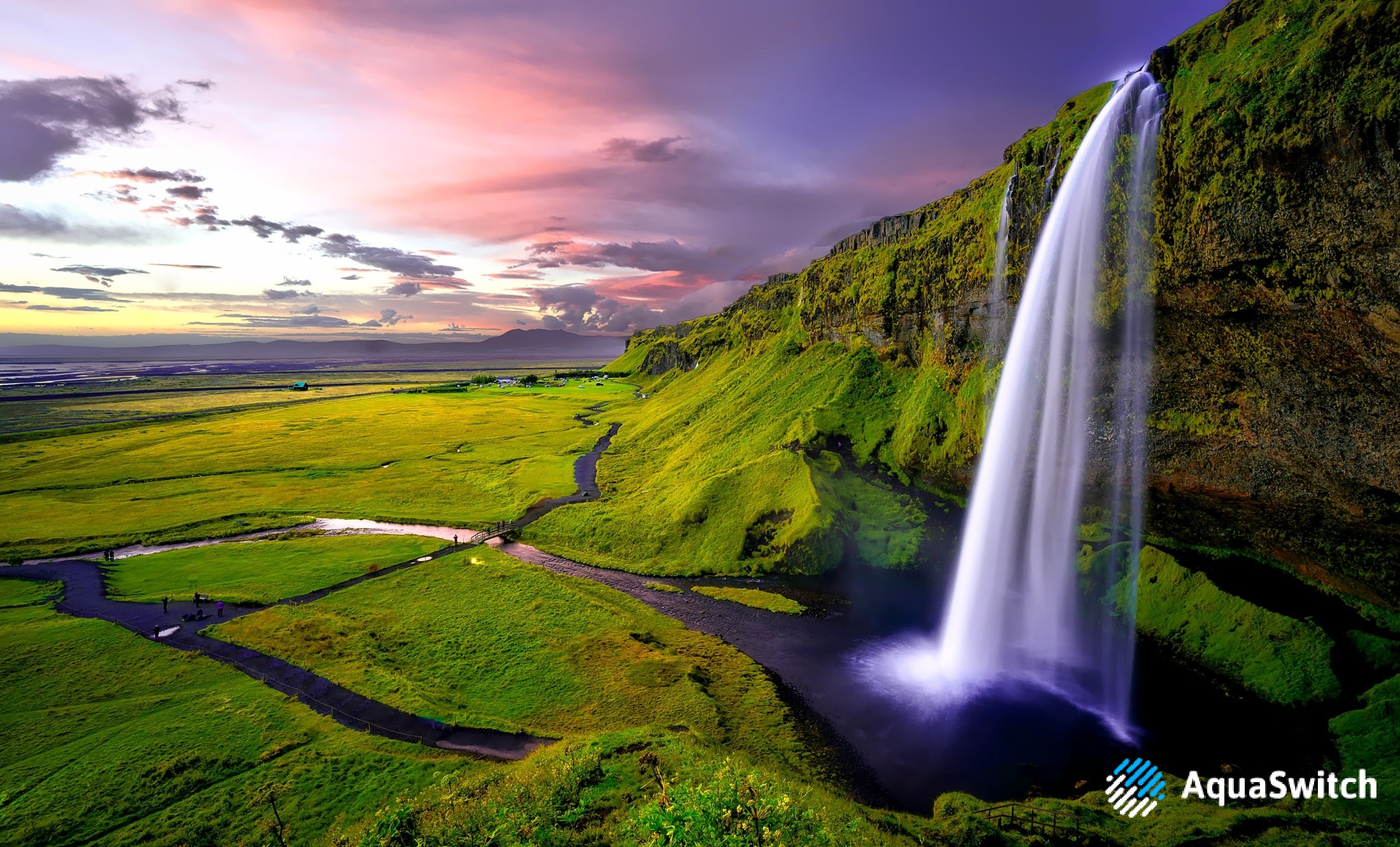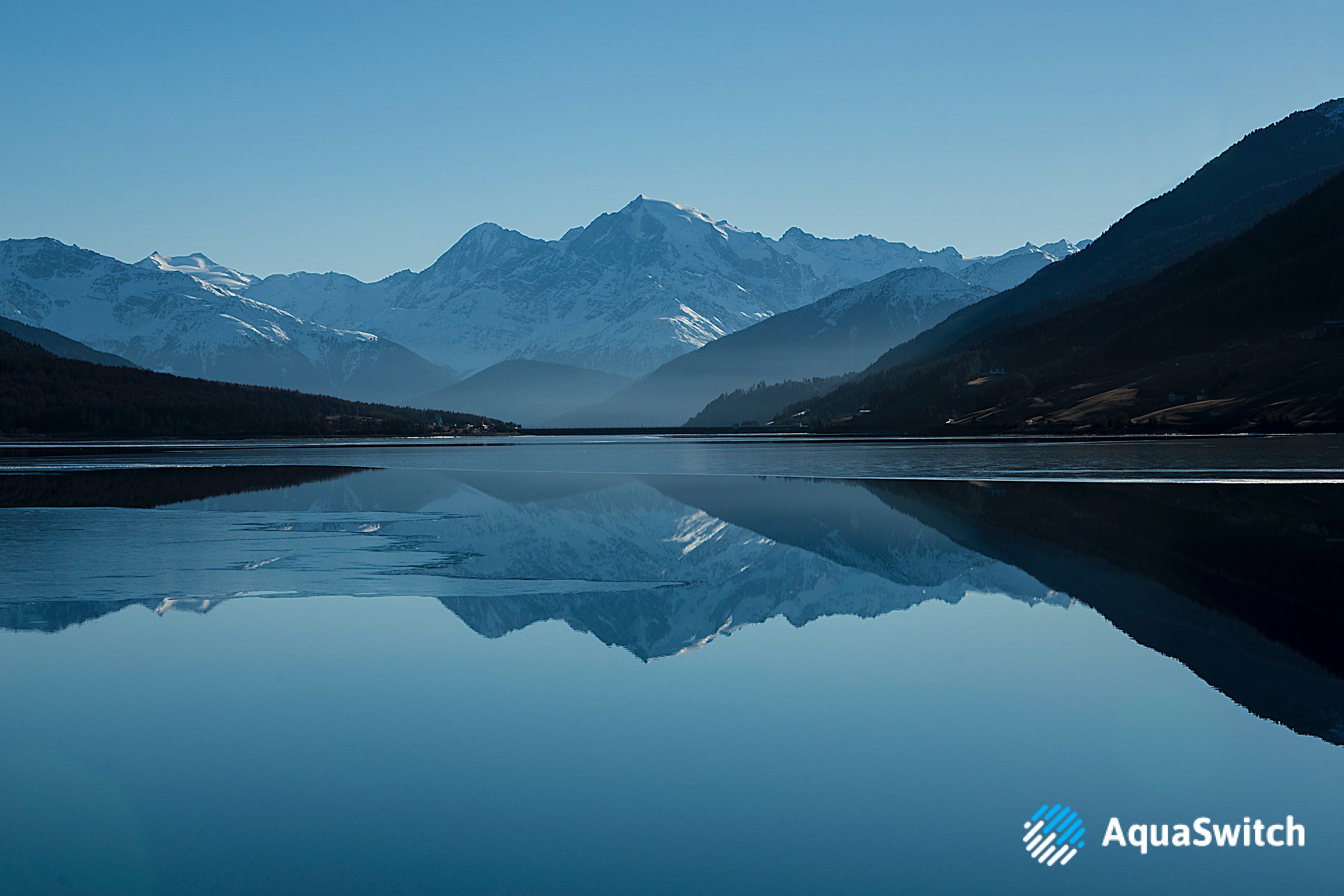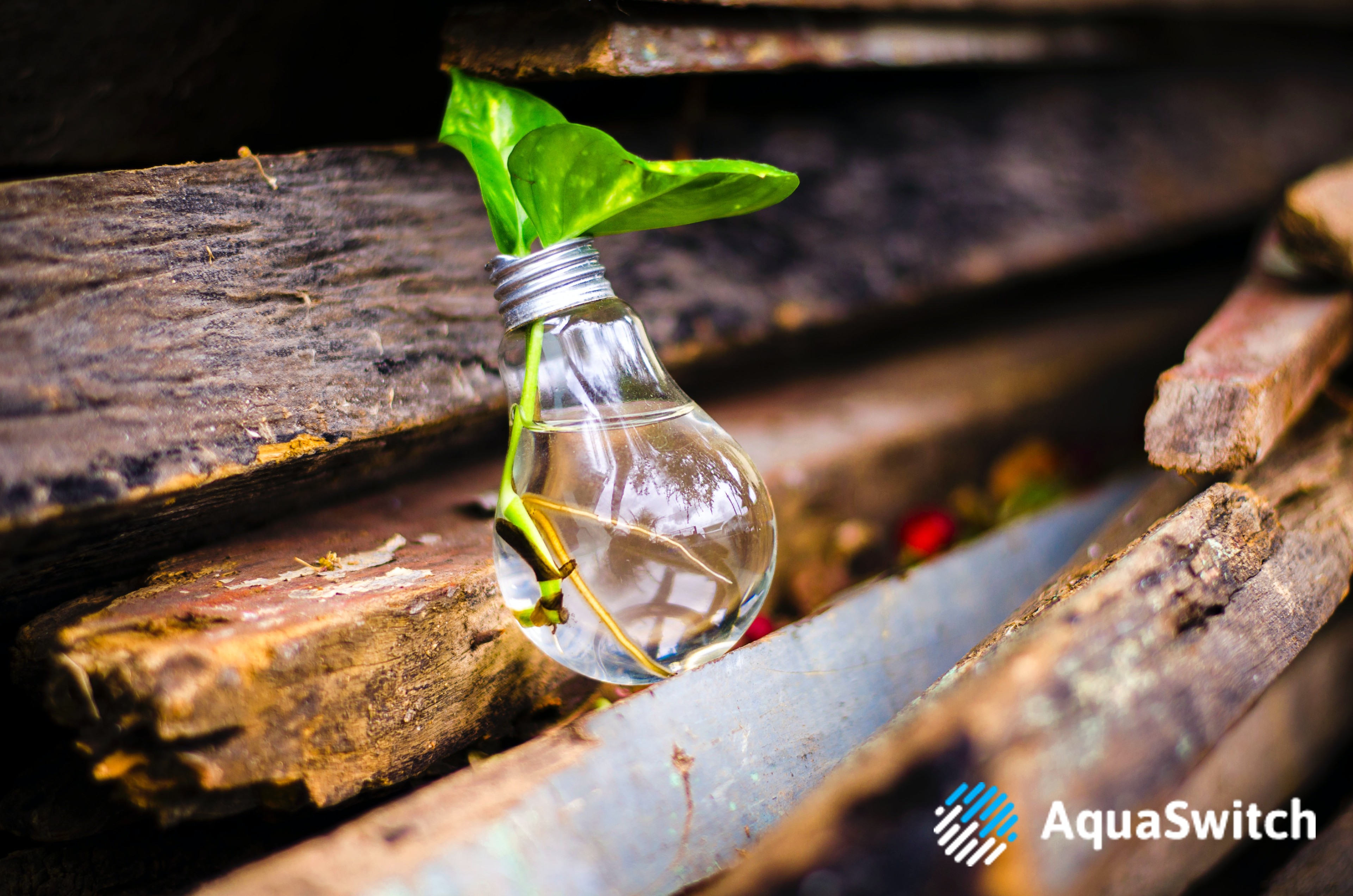Water scarcity - Britain's next environmental crisis

Sir James Bevan, chief executive of the Environmental Agency, has warned that climate change will lead to increased drought risk and possible water shortages.
Even in the optimistic climate scenarios, the agency expects that there will be 15% less summer rainfall by 2050.
The UK enjoys some of the world’s highest quality drinking water, but people and businesses must focus on using it efficiently to avoid future water shortages.
The water industry is taking steps today to secure our future water needs; these include:
- Investment in water infrastructure to increase the sources available to water companies during droughts.
- Fixing water leakage across the network to avoid wasting water before it arrives at homes and businesses.
- Investing in water transfer infrastructure to allow water companies to move water long distances to supply areas suffering droughts.
Despite these steps, it will also fall on the people across the country to use water more wisely.
How the average person uses water
The average person in the country uses 150 litres of mains water each day, with most of the consumption coming from:
| A shower | 10 litres per minute |
| A bath | 80 litres |
| A washing machine cycle | 50 litres |
| A dishwasher cycle | 10 litres |
A further impact comes from indirect water usage, the water required to grow food. As a quick example, an apple growing in Somerset will consume 164 litres of water to reach full size, about the same as two baths worth!
Here’s a great article on the water footprint of our daily lives that goes further into the water impact of all the food and consumer goods we buy.
The process of supplying potable water to British homes is also highly energy-intensive. Wastewater treatment and pumping water around the country use lots of energy. Taking steps to reduce consumption of clean water has a secondary benefit of reducing carbon emissions.
What steps can we all take to use water more efficiently?
We can all take simple steps to ease the pressure of water scarcity. Here are three easy examples:
1) Mindful use of dishwashers
Modern dishwashers are actually much more water-efficient than washing up by hand. However, a couple of easy steps can further reduce the water being used:
- Modern white goods come with an ‘eco-mode’. Eco-modes take a bit longer but use less water and less energy.
- Using a dishwasher only when it's full will reduce the number of times you need to run it.
2) Fixing leaking taps and toilets
A common problem in older houses comes from taps that drip continuously or toilet cisterns that constantly fill. Both problems waste a huge amount of water. Fixing either problem when you notice it will cut waste.
3) Using rainwater to water your garden
A green front lawn looks great but requires a lot of water in the summer months, just when water pressure is at its maximum. Two easy steps can significantly reduce the water consumed by your garden:
- Water the garden late in the evening or early morning to reduce water lost directly to evaporation.
- Install a water butt to collect rainwater falling on your roof to water your plants instead of using mains water.
This article has been brought to you by AquaSwitch, the UK’s top business water comparison site.


